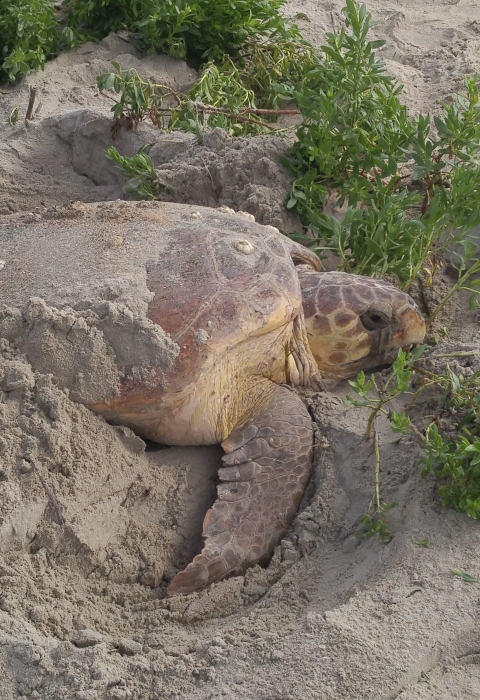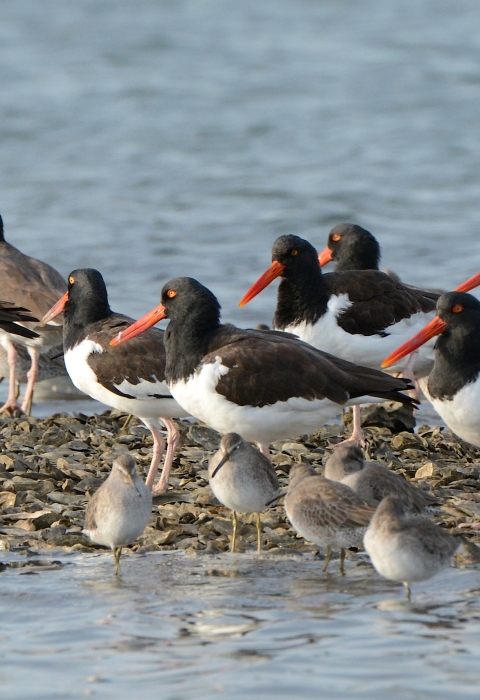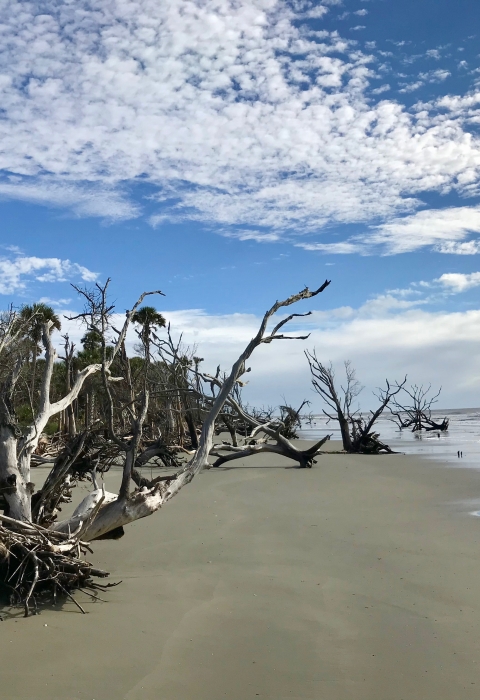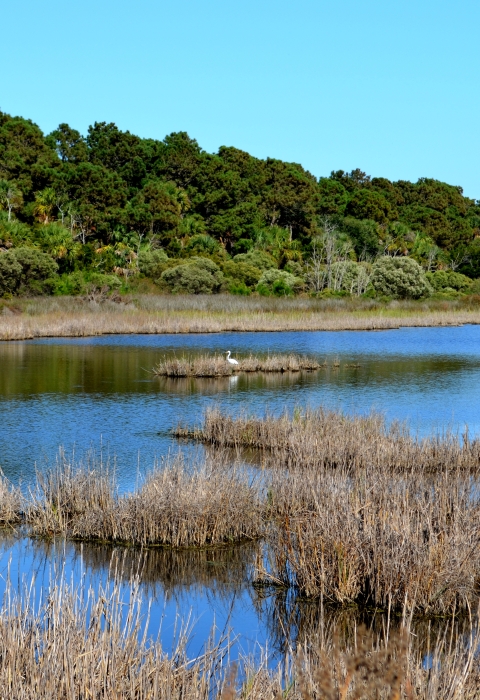Projects and Research
Since its establishment, the refuge has been a living laboratory of wildlife and habitat research and initiatives for state and federal agencies, universities and conservation organizations. Vegetation studies of maritime forest, recovery initiatives for the red wolf, climate and sea level rise projects in the marsh estuary, and seabird, shorebird and waterfowl surveys have been implemented on the refuge.
Ongoing projects include:
1. North American Bat Acoustic Bat Survey
2. Northern Recovery Unit Loggerhead DNA Project
3. Interagency Monitoring of Protected Visual Environments (IMPROVE) Program and National Atmospheric Deposition Program (NADP)
The North American Bat Monitoring Program is a nationally coordinated, long-term program. This Acoustic Bat monitoring project is part of the national effort and was initially implemented on Cape Island in 2016. Stationary acoustic equipment is used to monitor bat numbers and activity and surveys occur annually for a specified period of time. Collaborative partners include the SC Department of Natural Resources, USDA Forest Service and Clemson University. Information obtained on bat population and activity trends is being used to support management actions needed to effectively conserve bat populations.
The refuge participates in the tri-state Northern Recovery Unit Loggerhead DNA Project that includes the SC Department of Natural Resources, Georgia Department of Natural Resources and the North Carolina Wildlife Resources Commission. Answers gleaned from several basic questions on loggerhead sea turtle nesting will help biologists better understand how the loggerhead population is doing. By collecting an egg from every nest, DNA genetic fingerprinting is used to identify individual loggerhead nesting females. This information will provide a census of the actual nesting population and can answer other questions as well.
The refuge is a part of the Interagency Monitoring of Protected Visual Environments (IMPROVE) program that includes the Air Quality Research Center (AQRC) of UC Davis, and other federal agencies. The IMPROVE program measures and documents air pollution and tracks visibility. A long-term program on the refuge, particle composition collected and analyzed includes sulfate, nitrate, organic matter, soot, soil dust and salt. The refuge also participates in the National Atmospheric Deposition Program (NADP) to monitor precipitation chemistry. Acids and nutrients are studied to improve our understanding of acidic precipitation and its effects on the environment. In 2020, the refuge installed a solar powered system to further support monitoring equipment.



